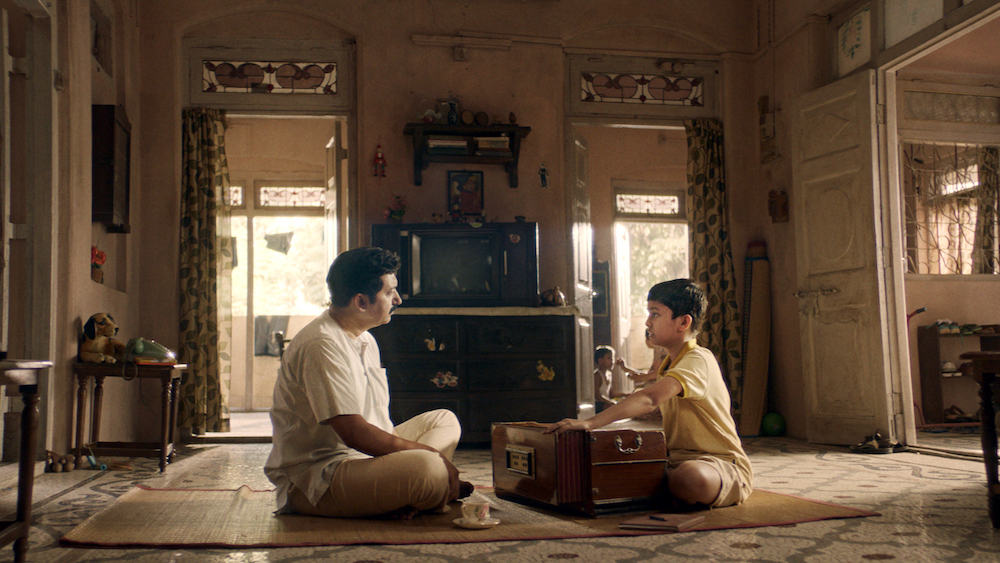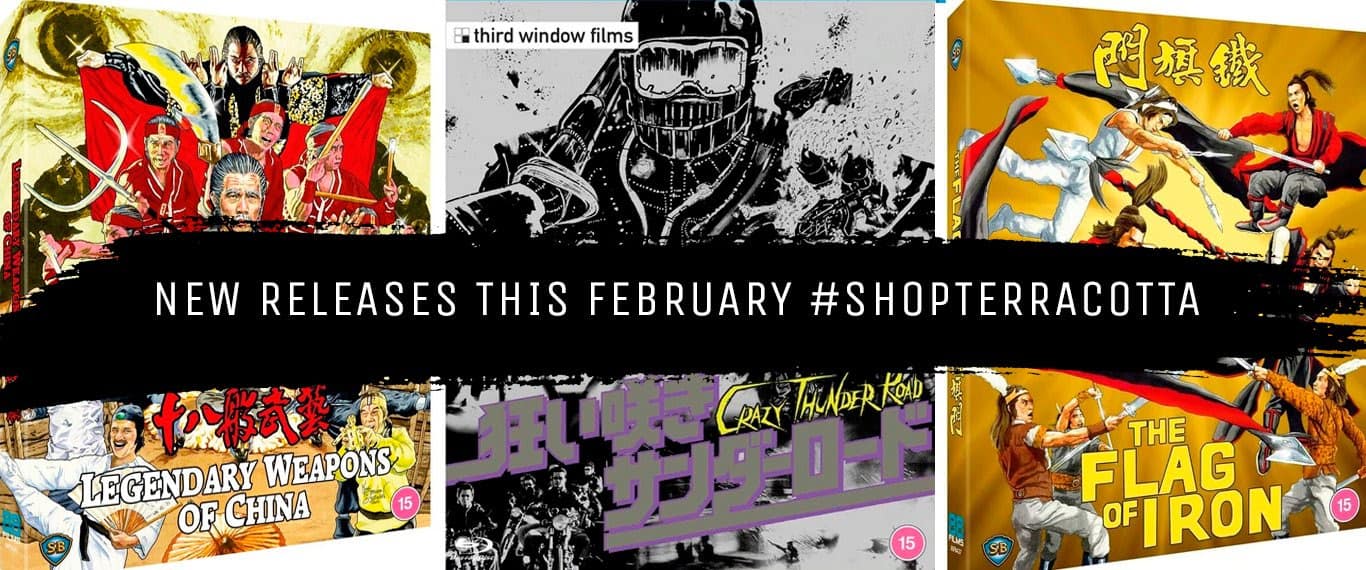The progress of Asian short filmmaking became clear once more in this year's SSFF & Asia, with the number of quality productions being truly overwhelming. The quality of production for the Japanese ones was, as usually, quite high, with the newest trend, of having popular actors taking the seat of the director, definitely seems to work, through the film of names like Riisa Naka, Win Morisaki and Sota Fukushi. The ones from the ASEAN countries continue to exhibit the most creativity while touching serious social issues. “Ruthless Blade”, an impressive Chinese animation by Zhang Bo and “Knitting My Heart”, a Korean short with wicked humor by Oh Ji-hyeon were two more titles that stood out.
Check our whole coverage of SSFF & Asia and click on the titles to read the full reviews.
1. A Catholic Schoolgirl (2023) by Myra Angeline Soriaso
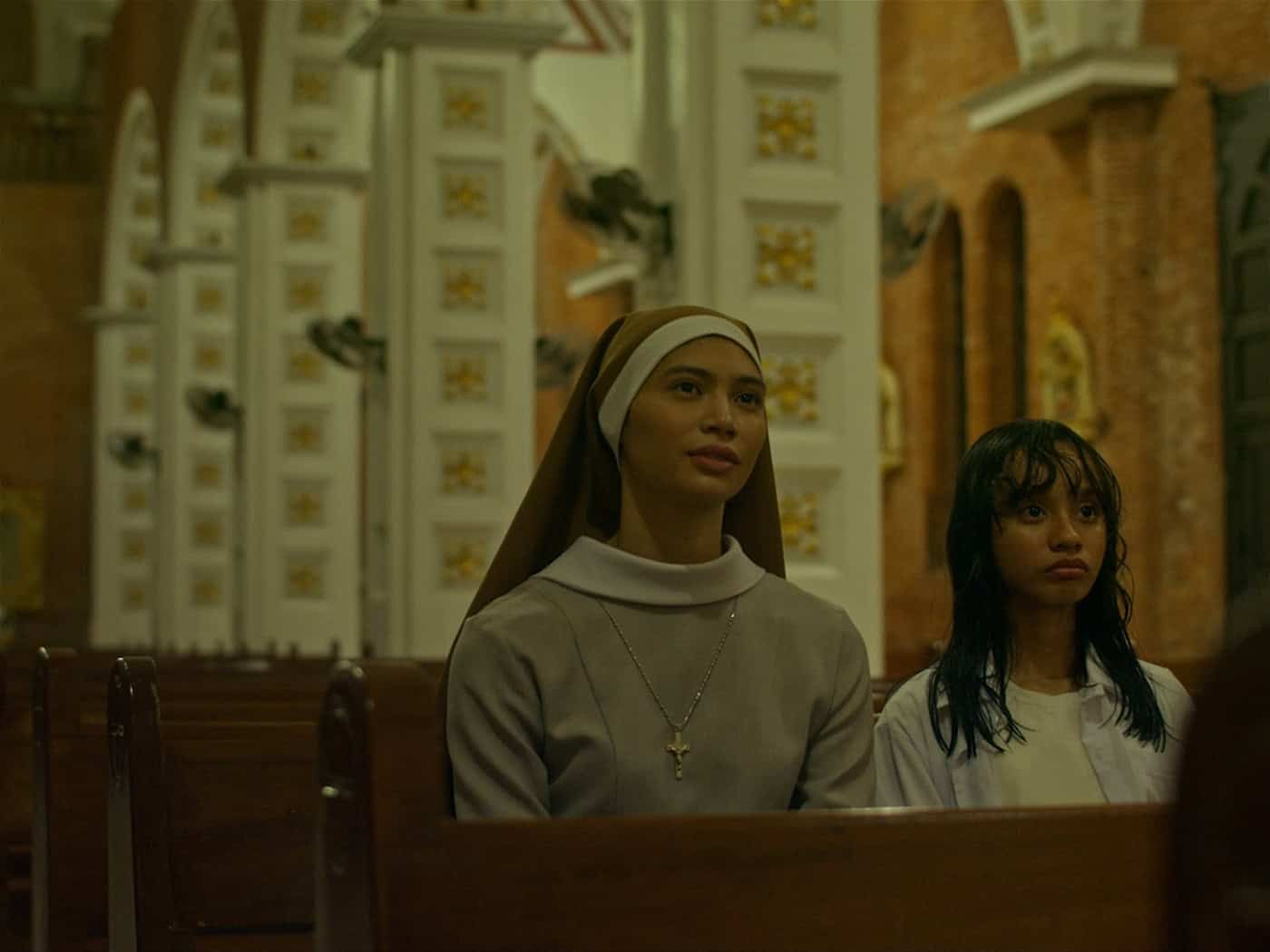
Myra Angeline Soriaso shoots a film that deals with the concept of LGBT love within a catholic setting, in an effort to highlight both how difficult the particular path can be, and how teenagers can experience their newfound sentiments and their effort to become of the cloth. The combination works quite well, creating an atmosphere that is secretive, intimate and mysterious, with the voyeuristic aspect in particular working well in that regard.
2. Ruthless Blade (2023) by Zhang Bo

Apart from the twist in the ending, which does give a playful note to the narrative, the whole film is actually focused on action, in wuxia style. Both the action and the artform here, though, are truly astonishing. The frantic movement, the violence and the brutality, the sharp cuts by editors Deng Boren and Zoe Zhou all result in a true visual extravaganza, that makes it quite difficult to look away from the screen even for a moment. The combination of VFX, 3D and 2D animation looks exquisite, and in combination with the ink-like drawing add even more to the quality here.
3. KABURAGI (2024) by Riisa Naka
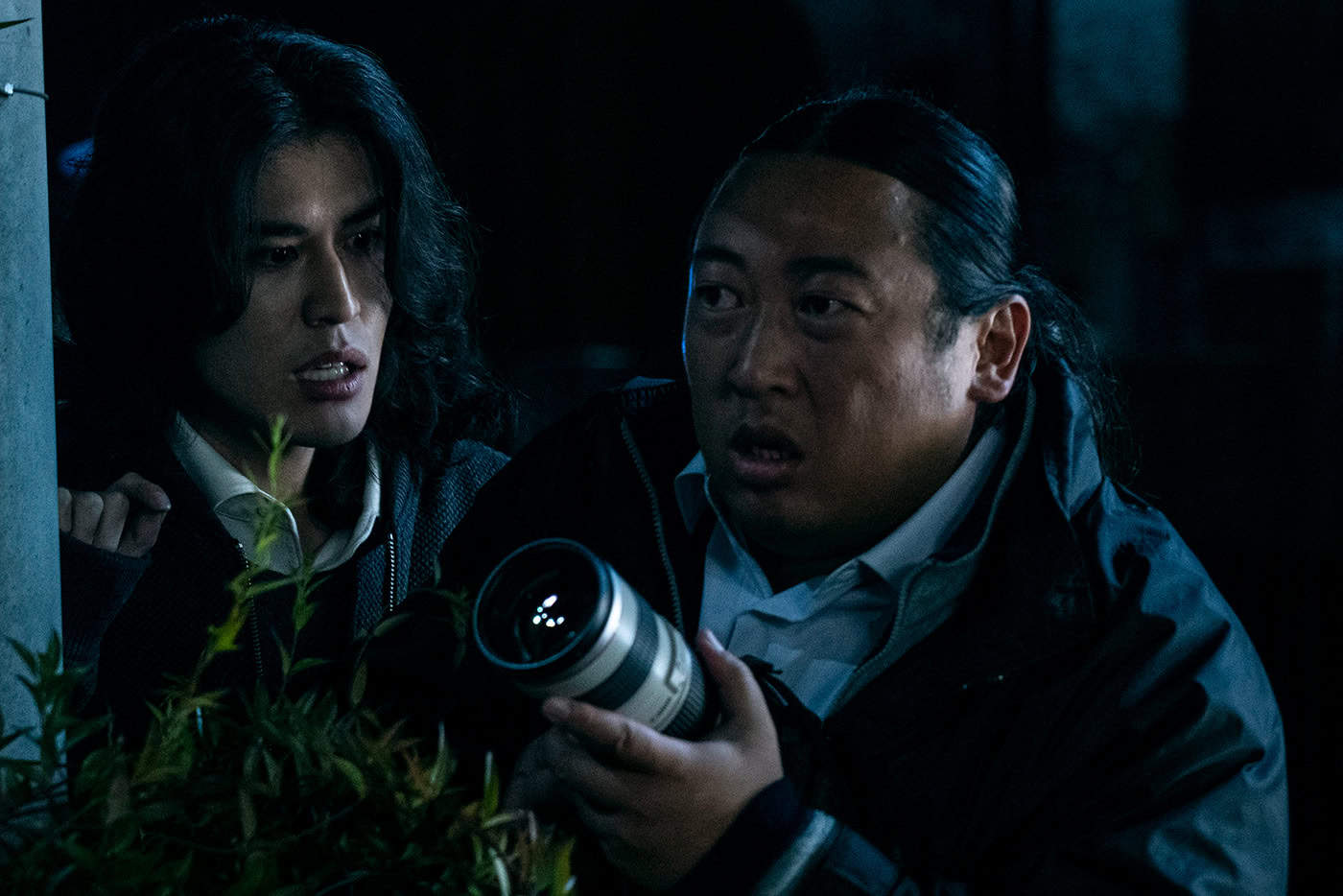
Riisa Naka deliberately establishes things slowly before unleashing the horror aspect of “KABURAGI.” Viewers can see and understand why Kaburaki is deeply troubled. His actions contributed to a person's suicide, an event so harrowing that he doesn't even speak audibly anymore. It's a stark contrast to his coworkers, who have already moved on from the ordeal and are eager for him to get back into his habit, showing little to no care over a scandal resulting in someone's death. He snaps back into his paparazzi photography when he receives these anonymous messages. (Sean Barry)
4. Sen (2024) by Win Morisaki

It is not exactly everyday we come across a short that is also a musical, not to mention that the whole thing is in 4:3, but this is what Morisaki came up with in his debut. Truth is that the musical part does not work that well, particularly there is not that much orchestration of any type, more a kind of folk narration accompanied by subtle piano music. On the other hand, the presentation of rural life, with a particular focus on food and its preparation definitely works well, also due to the appealing cinematography, which seems to light up when the camera focuses on food.
5. Burul (2023) by Adilet Karzhoev
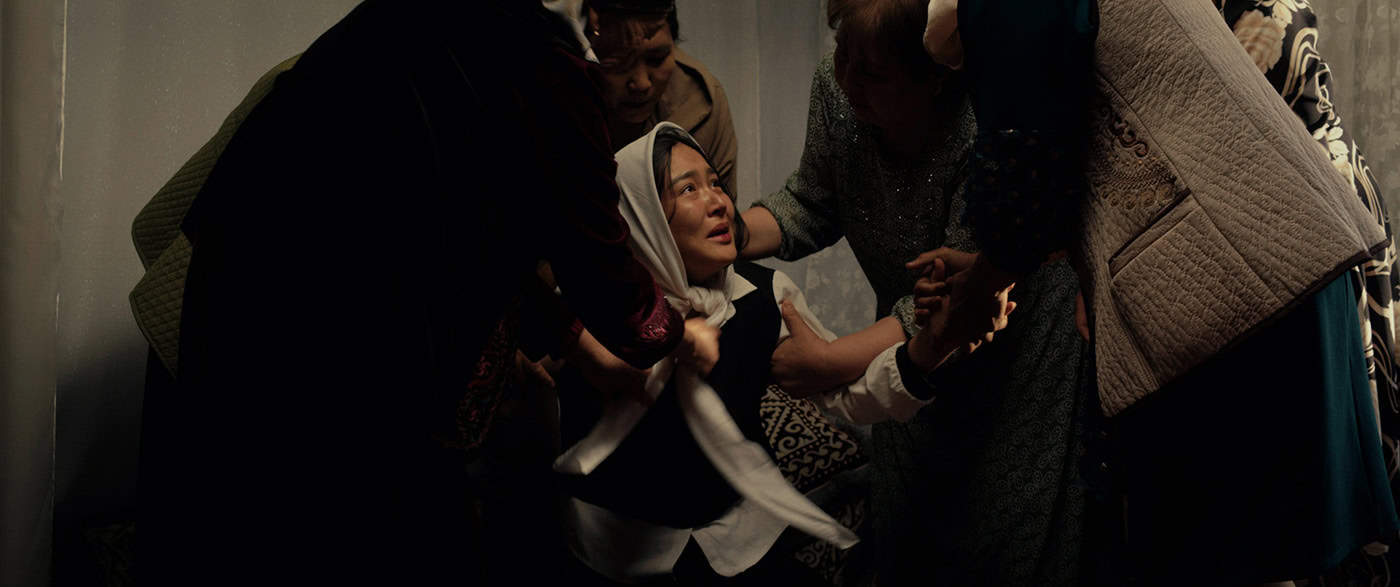
Although not evident from the beginning, Adilet Karzhoev deals with the concept of Ala kachuu (Kyrgyz: ала качуу), a form of bride kidnapping practiced in Kyrgyzstan. The term can apply to a variety of actions, ranging from a consensual elopement to a non-consensual kidnapping, and to what extent it actually happens is controversial. In this case, the latter happens in the most pointed fashion, with the director showing its cruelty and violence.
6. AI Love You (2023) by Raita Yabushita
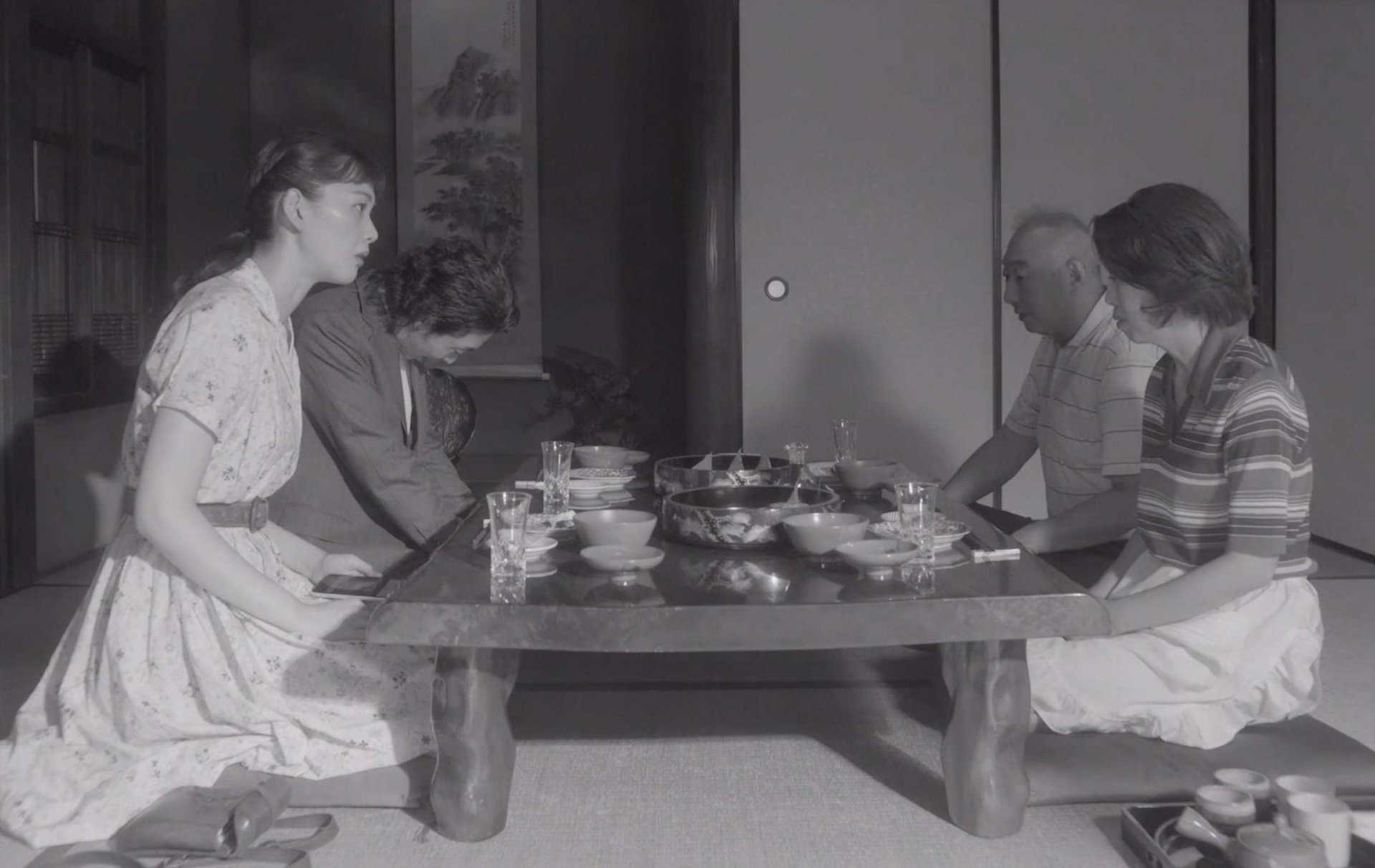
Through a cleverly composed script, “AI Love You” manages to ridicule the anxieties and doubts eternally connected to life choices, with all their pros and cons, that now are so relying on mere mathematical calculations. In order to do so “AI Love You” ironically reverts the roles of the parents/kids dynamic and presents an atypical young couple, looking more traditional and conservative than their in-laws on technology matters. In fact, the whole film relies on the juxtaposition of contrasting elements to effectively create a comedic outcome. (Adriana Rosati)
7. Future! Future! (2023) by Kairi Manabe and Yoshihiko Yamamoto
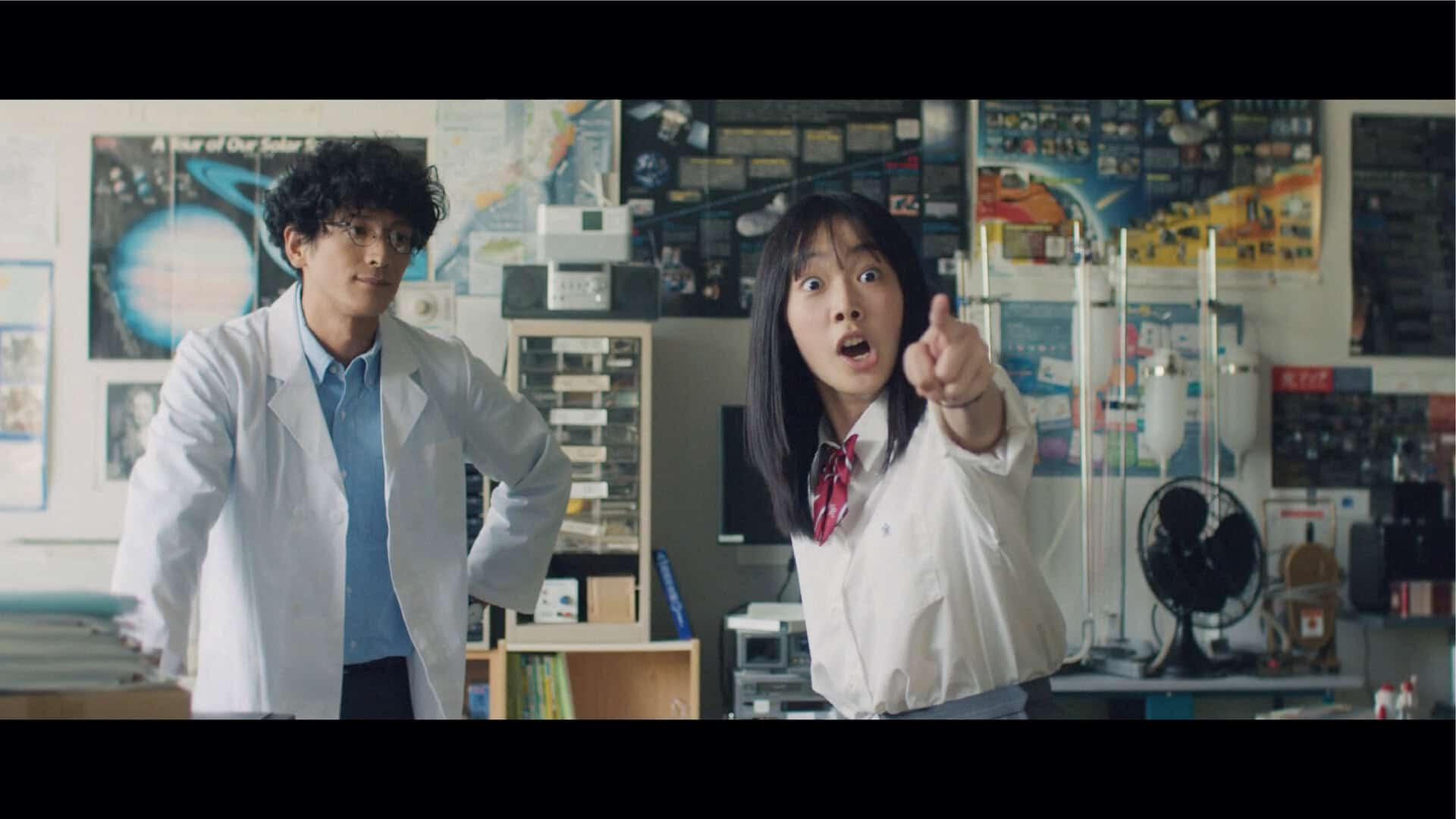
This is the setup for the whimsical tale of how Makito slowly wakes up to the fact that one needs to work (hard) in life to get an education and achieve one's dreams. Every good story is centered on an emotional journey, and this one is no exception. On the way, Makito pairs up with a mysterious (and cute) time traveler from a dystopian future straight out of “The Terminator”, as Makito herself points out. The short film is full of such playful references, which makes sense given that it is both an homage and a pean to the genre. (Mehdi Achouche)
8. Negative Space (2023) by An Jeong-hui
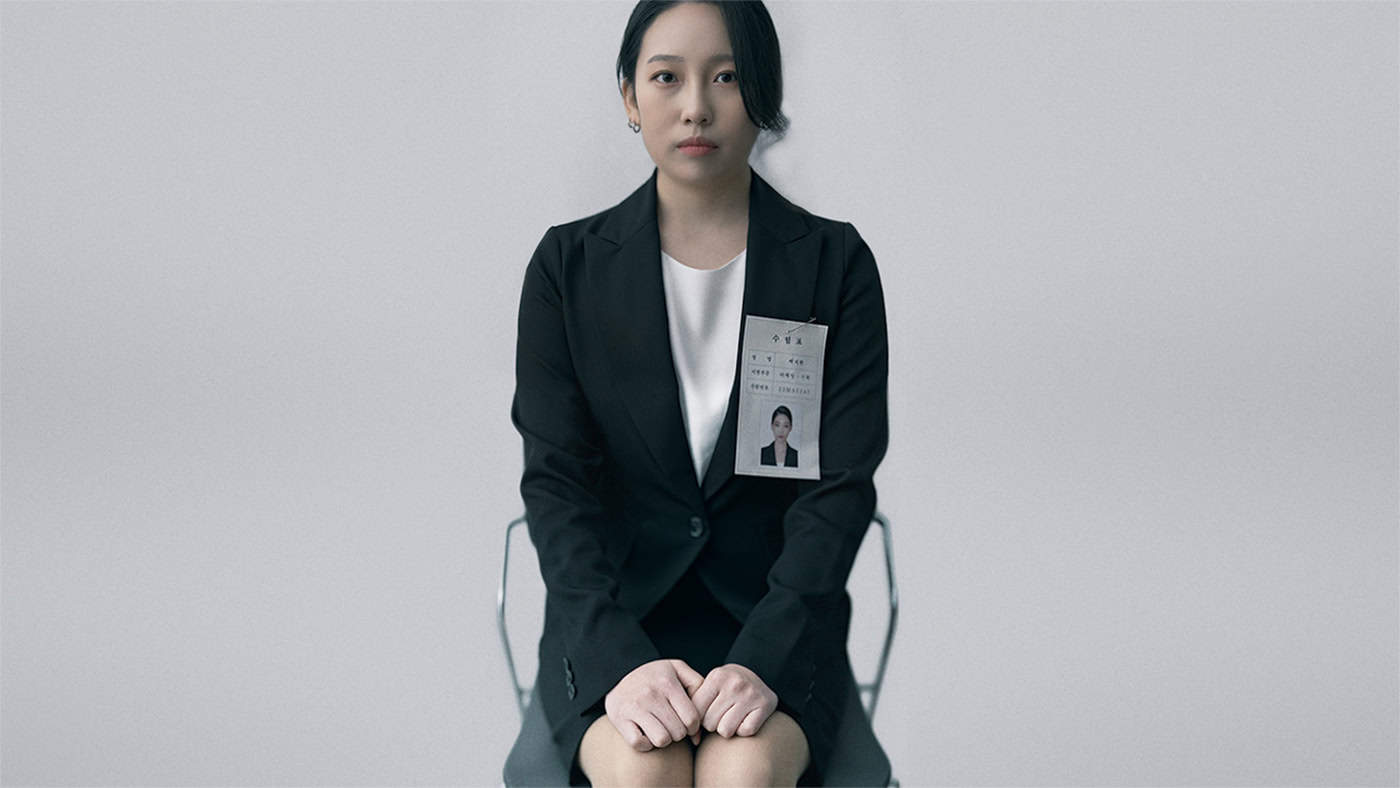
An Jeong-hui directs a film that revolves around the concept of job finding and how stressful the whole procedure can be, particularly when failure comes time and time again. Ji-won can really feel the clock ticking the older she gets, with her job in the convenience store looking more permanent by the minute, and the hope for professional progress, a long shot. The fact that the protagonist's nerves are shot throughout the short adds to this message, by also connecting it with the psychological status of the people in similar situations.
9. Harmonia (2024) by Yudai Chiba
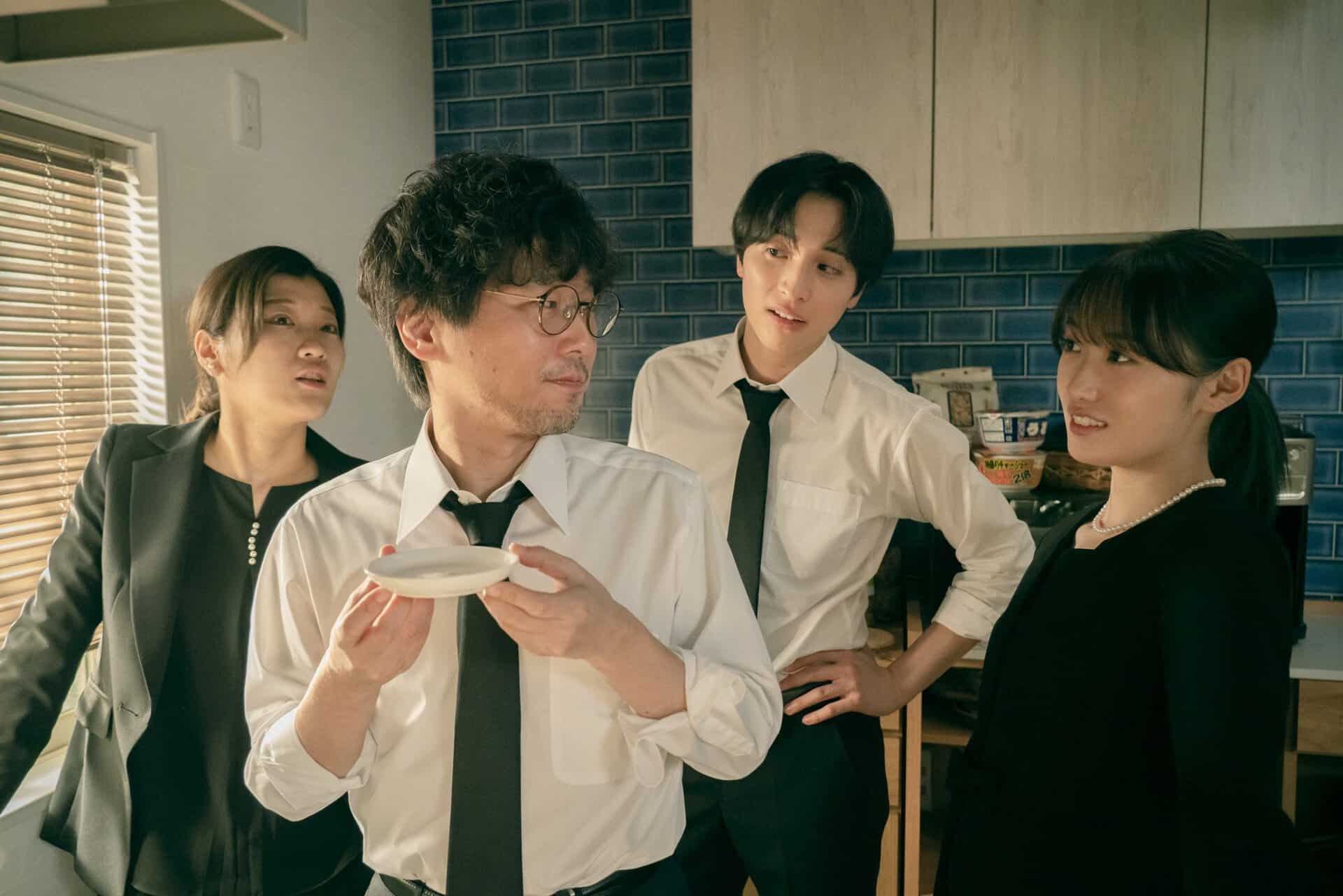
The parts about acting, in the beginning and the end, emerge as the most interesting ones, probably due to the fact that they are rarely heard in movies, while emitting a somewhat personal essence. The way the interview scene appears both in the beginning and the end of the movie works nicely for the short, particularly for the way Yoshiaki changes the mentality he had initially, to something more confident and disillusioned.
10. Khowab: Castle in the Air (2023) by Hemanta Sadeeq
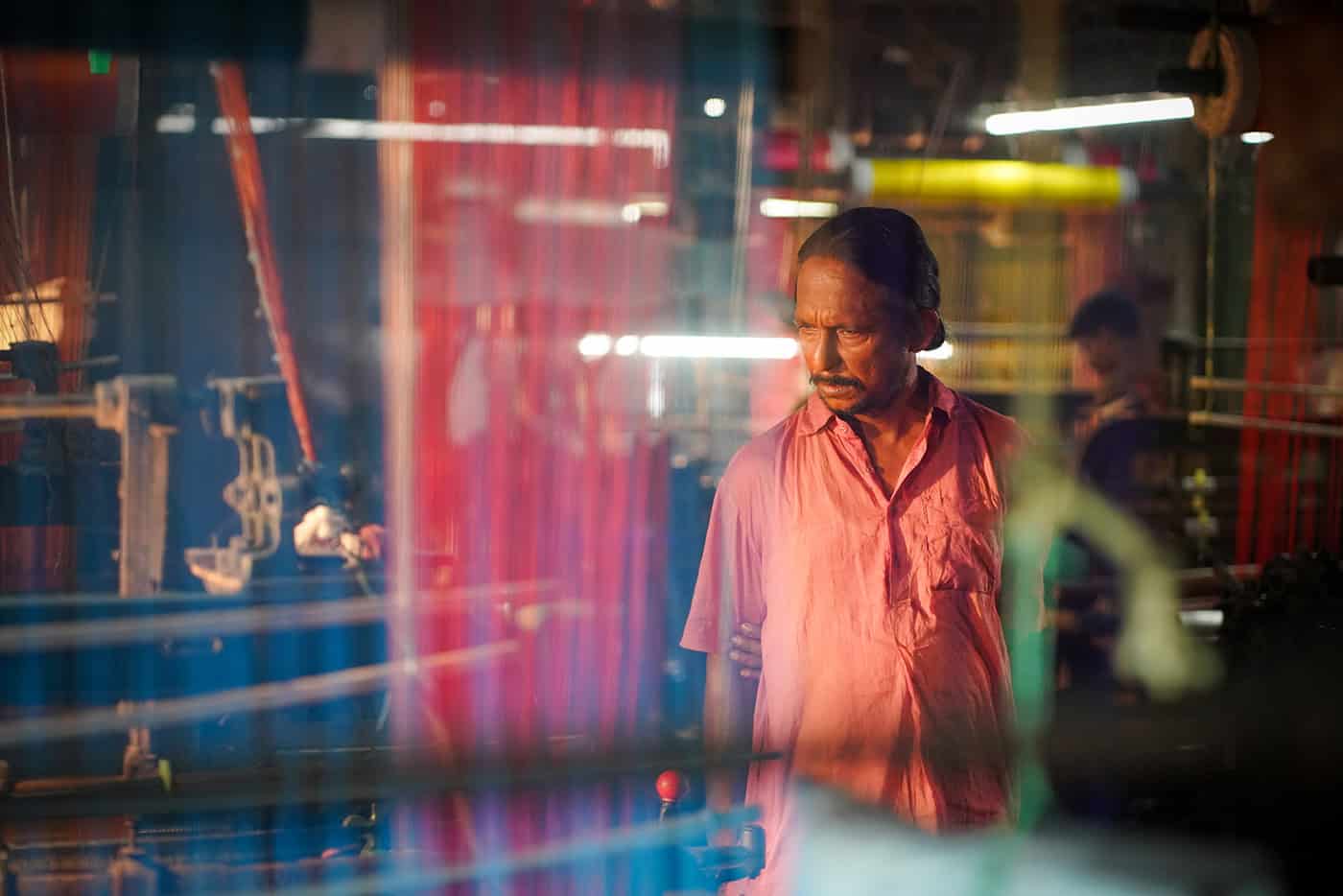
At first look, the film might look like an age-old debate between modernity and tradition. Perhaps, this might be how director Hemanta Sadeeq designs his film through Samar Dhali's camerawork that captures the vibrancy of the religious imagery and icon,s while also zooming in on the peculiarities of the loom machines. Zaman Monir's set design, especially within the big weaving workshop, distinguishes between the exploding colors of the saree threads and the dry gray dirt found in the machine's belt. But this overtly religious context of the Bengali community where the film is set puts the narrative conflict in a quite contradictory position. (Epoy Deyto)



